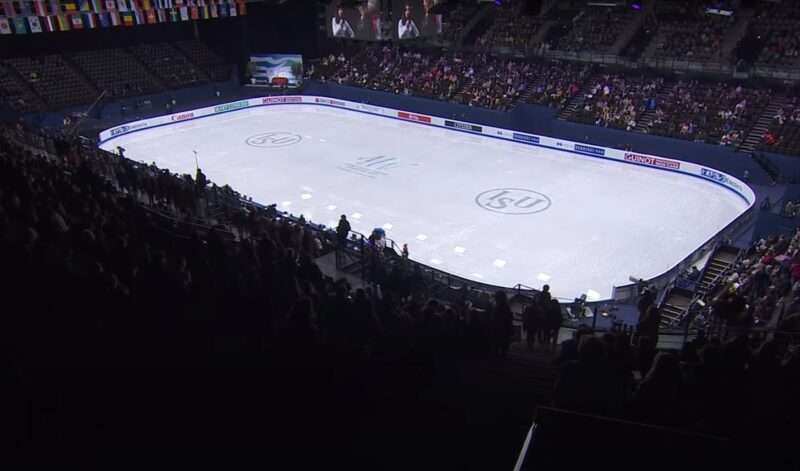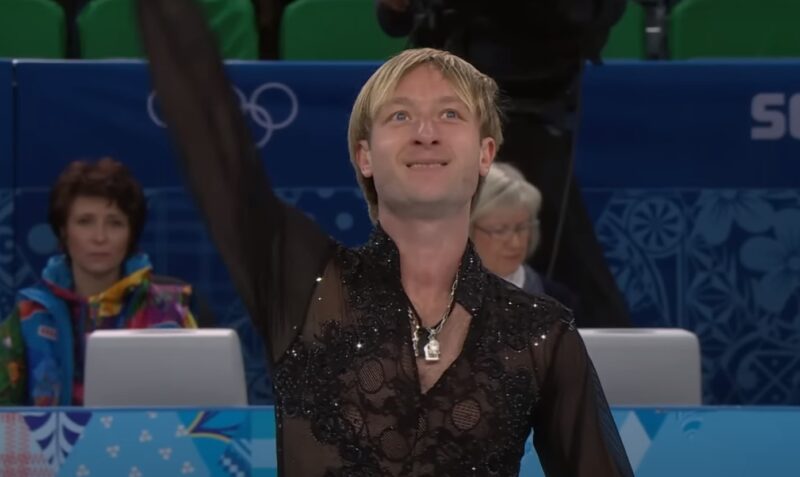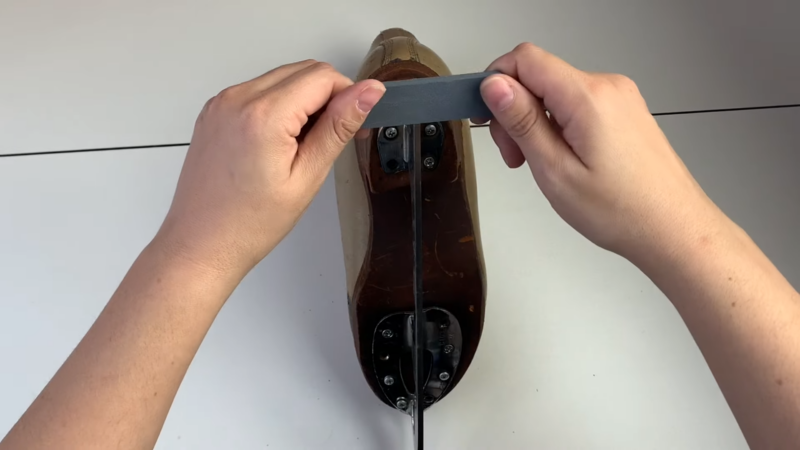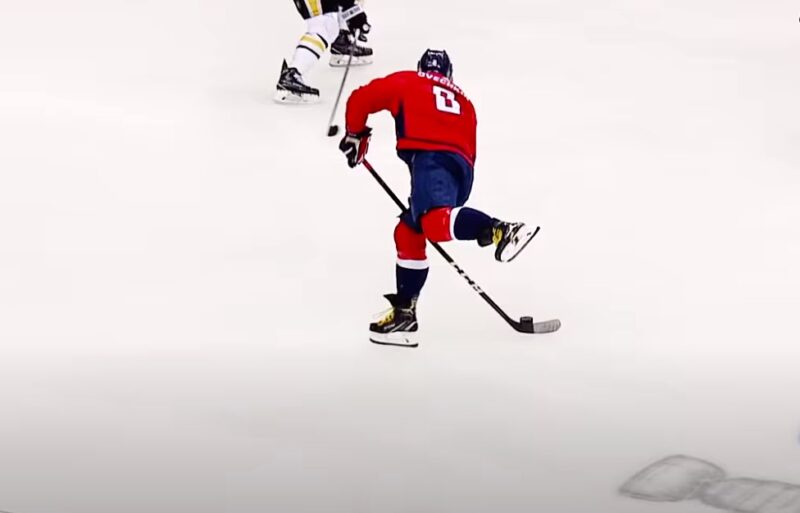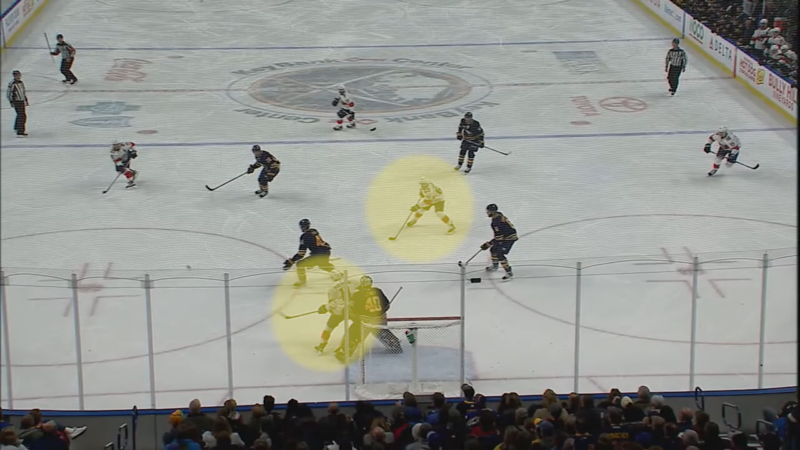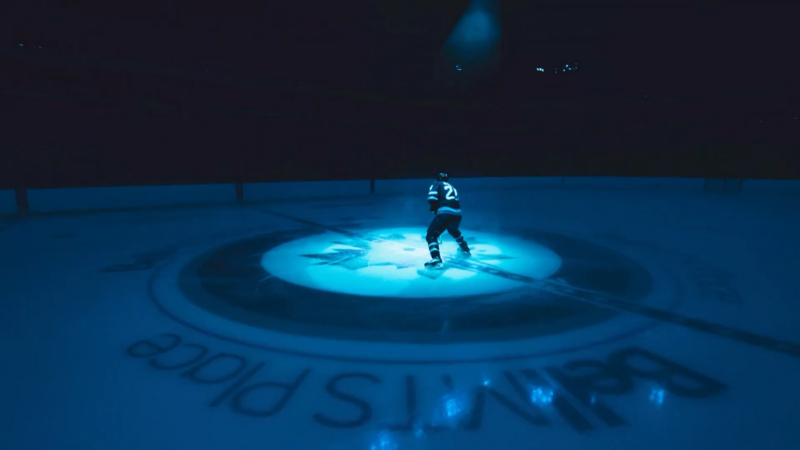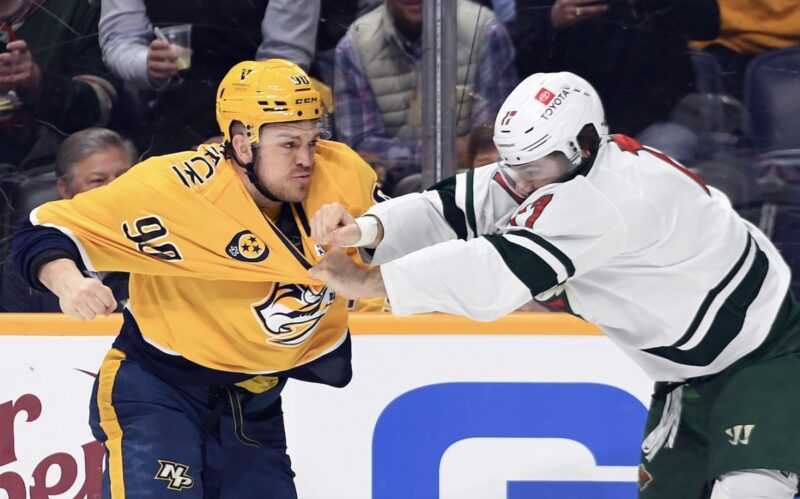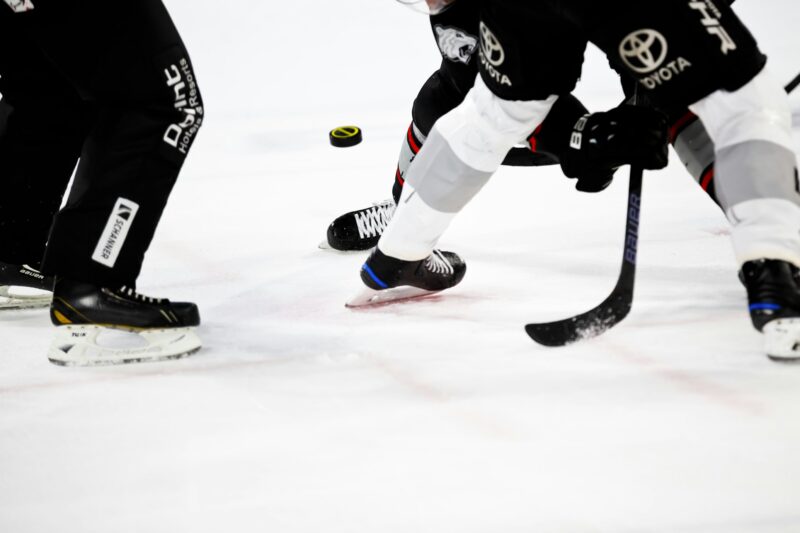
Ever sat through an intense NHL game and wondered, “Hey, can this thing end in a tie, or are we heading to a shootout?” Especially during the playoffs, when every moment feels like the entire season’s on the line. Well, yeah, me too. It’s a common question among us fans, looking to get the lowdown on what to expect when the game’s too close to call.
So, let’s clear up the confusion and get straight to the point about how ties work in the NHL and what playoff games have in store.
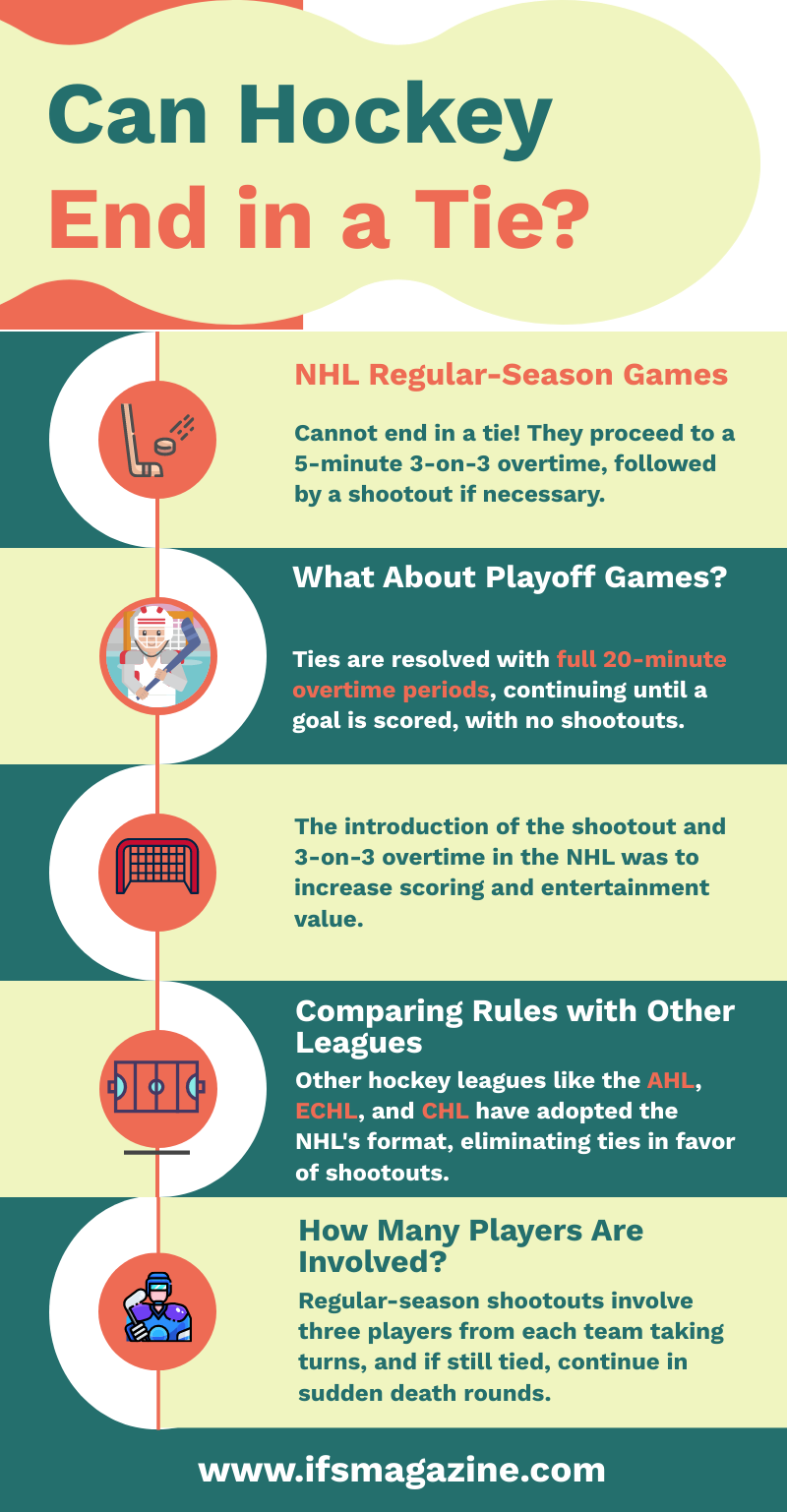
Ties in Regular-Season Hockey
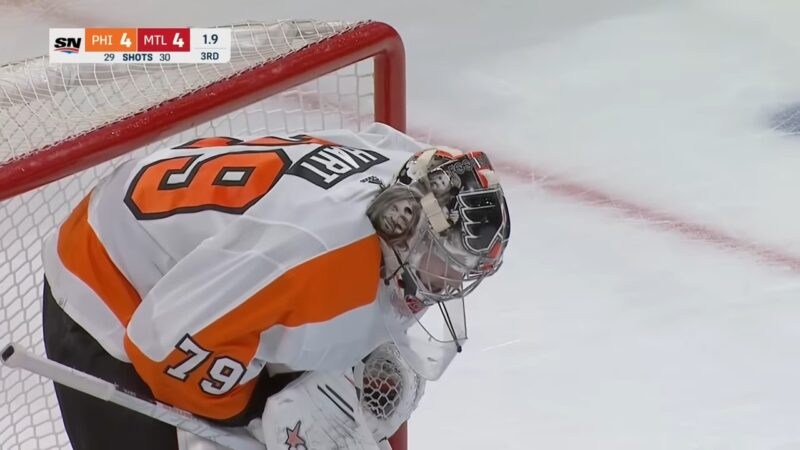
In the current landscape of NHL hockey, a regular-season game cannot end in a tie. This wasn’t always the case. Historically, ties were a common outcome until significant rule changes were implemented in the 2005-06 season.
The rationale behind this seismic shift was to amplify the entertainment value of the sport, especially following the “dead puck” era that witnessed a decline in scoring.
The Role of NHL Overtime and The 3-on-3 Format
If a game is knotted up at the end of regulation time, it progresses to a 5-minute overtime period. What makes NHL overtime particularly thrilling is the 3-on-3 format, a departure from the standard 5-on-5.
This change significantly opens up the ice, allowing for more scoring opportunities and showcasing the players’ skills in a more pronounced manner.
Shootout Mechanics
When overtime in a regular-season NHL game fails to produce a winner, the game advances to a shootout. Here, three players from each team take turns in one-on-one showdowns against the opposing goaltender. The team that outscores the other in these attempts is declared the winner.
The Impact of The Shootout Rule
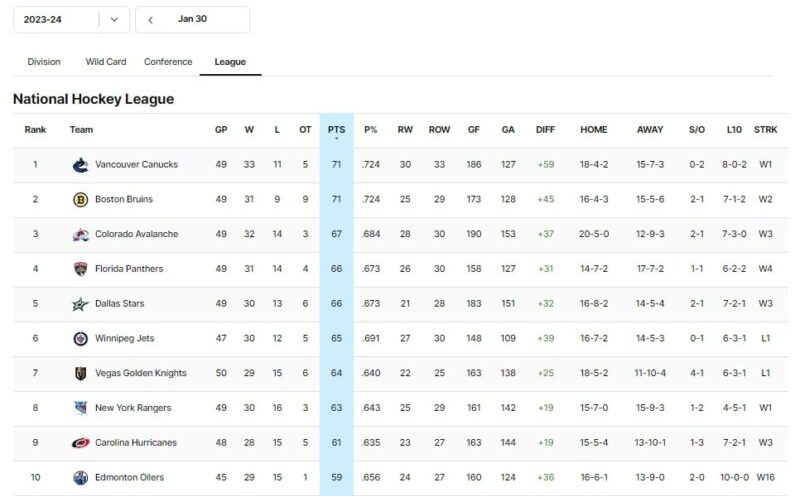
The introduction of the shootout rule ensures that each game has a clear winner and loser. The winning team earns 2 points in the standings, while the losing team, whether in overtime or the shootout, secures 1 point.
How Are Ties Resolved in Playoff Games?
Unlike the regular season, NHL playoff games adopt a different approach to resolving ties – the sudden death format. If a game is tied at the end of regulation during the playoffs, the teams engage in full 20-minute overtime periods, with intermissions in between, until a goal is scored.
This sudden-death format can lead to games extending into multiple overtime periods, adding to the drama and unpredictability of playoff hockey.
No Shootouts in NHL Playoffs
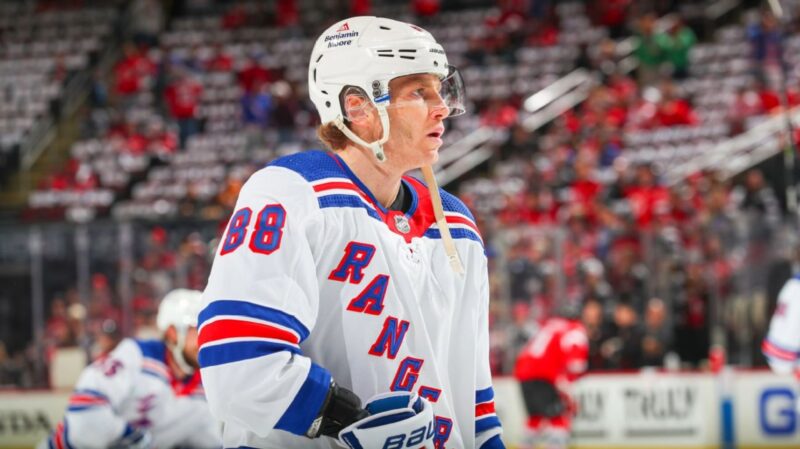
It’s critical to note that there are no shootouts in NHL playoff games. The emphasis here is on traditional team play rather than individual matchups, as seen in regular-season shootouts.
This format underscores the essence of playoff hockey – endurance, teamwork, and strategy.
Comparing NHL Rules with Other Leagues
Leagues such as the AHL, ECHL, CHL, and various European leagues have mirrored the NHL’s approach, eliminating ties and incorporating shootouts.
However, not all hockey leagues have adopted the shootout. For instance, NCAA hockey and many local recreational leagues may still end games in ties, primarily due to scheduling constraints.
These leagues might use shootouts in special circumstances, like playoffs or tournaments.
How Have These Changes Affected the Game?
The shift away from allowing ties in hockey and the introduction of the shootout rule in the NHL regular season has significantly impacted how teams approach endgame scenarios.
It’s not just about defense anymore; teams now aggressively seek that decisive goal in overtime, knowing well that a shootout is a more unpredictable decider.
This has led to more open, attack-oriented play during overtime, increasing the excitement for fans.
NHL Overtime and Shootouts
Statistical Insights
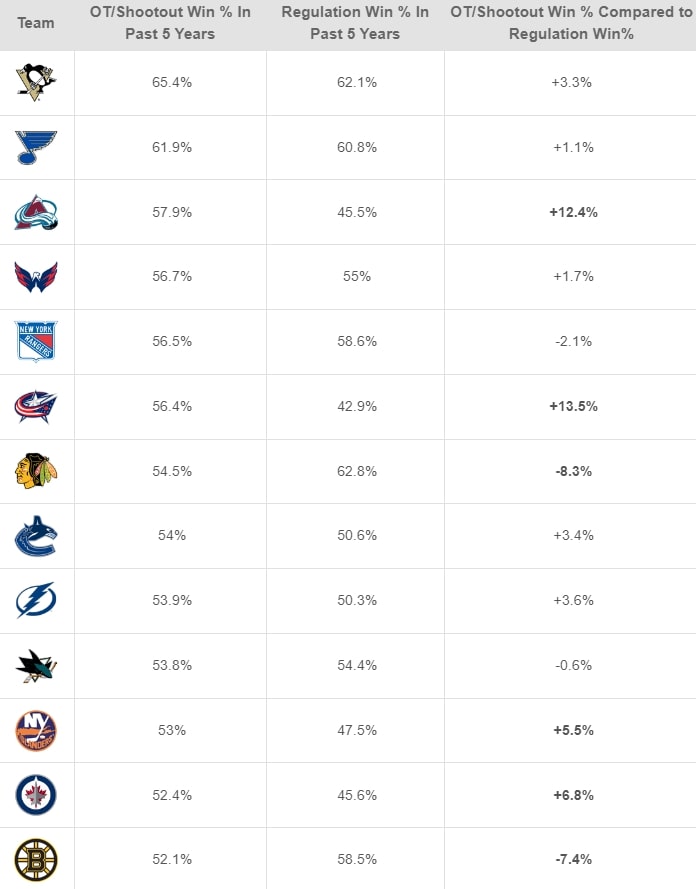
To provide a clearer picture, let’s dig into some statistics. The implementation of the shootout in the NHL regular season has seen a significant number of games decided in this manner.
It’s interesting to note the percentage of games that proceed to a shootout and the success rates of teams and individual players in these high-pressure situations.
The Role of Goaltenders
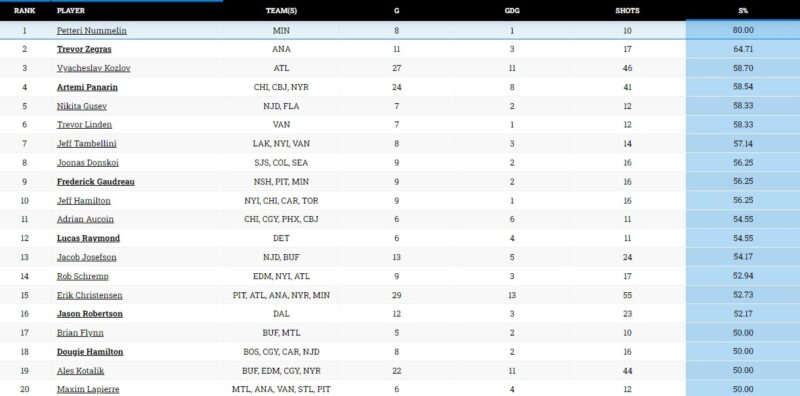
The performance of goaltenders in these one-on-one showdowns often is the difference between an additional point in the standings or walking away empty-handed. Goaltender statistics in shootouts, like save percentage and number of shootout wins, are critical metrics in understanding their impact.
Final Words
To wrap things up, in the NHL, regular season games that remain tied after the standard three periods go into a five-minute overtime followed by a shootout if the tie persists. However, in the playoffs, the rules change: there are no shootouts.
Instead, playoff games continue with 20-minute sudden-death overtime periods until a team scores, meaning games cannot end in a tie. This ensures a decisive winner in every playoff match.
Related Posts:
- How Fast Can Hockey Players Skate? - Average Player…
- NHL Enters Playoffs on an 8-Year Ratings Peak,…
- What Are the NHL Overtime Rules for The Playoffs in 2023-24?
- How Slide Board Exercises Can Transform Your Ice Skating
- How Much Do NHL Refs Make? NHL Referee Salary in 2024
- What Does OTL Mean In Hockey? NHL Facts




